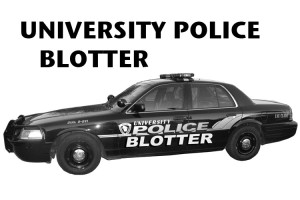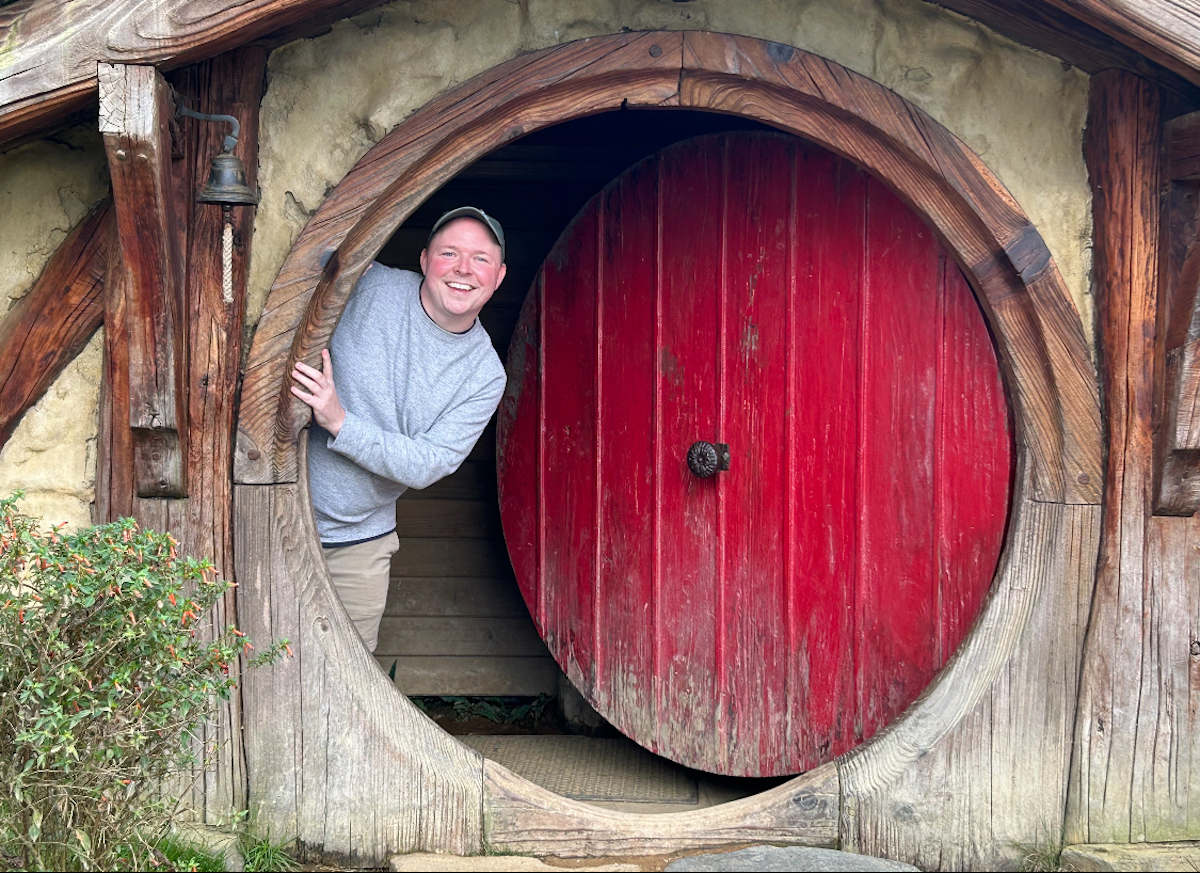At least that’s what senior astronomer at the Search for Extraterrestrial Intelligence Institute Seth Shostak said. Shostak bet the audience a cup of Starbucks coffee that his prediction would come true.
Shostak was a featured speaker for the 68th season of the UW-Eau Claire Forum and Artists Series. Nearly 570 people attended the lecture in Schofield Auditorium Monday evening, where his lecture focused on extraterrestrial life-forms and the possibility of contact with them in the future.
According to its Web site, the SETI Institute is a private, nonprofit organization dedicated to scientific research, education and public outreach whose mission is to “explore, understand and explain the origin, nature and prevalence of life in the universe.”
Shostak began his presentation asking for a show of hands of who believed that aliens exist. The majority of the auditorium raised their hands. Shostak then showed slides that said about a third of Americans believe in extraterrestrials and 65 percent of Americans believe that a UFO crash occurred in Roswell, New Mexico in 1947 according to a CNN and New York Times poll.
Though Shostak said he also believed in extraterrestrials he was skeptical that they have visited Earth.
“Where’s the good evidence?” he asked. “Where’s the evidence good enough to stack up in the Smithsonian?”
Shostak then likened finding alien life to finding a needle in a haystack, but said SETI and other scientists were “moving out more hay faster and faster” with their research.
When we do come in contact, Shostak said there are aspects that scientists assume about the alien beings. First, Shostak said they will be carbon-based like humans. Second, they will come from a planet with a thick atmosphere, like Earth. However, Shostak said that there are assumptions regarding extraterrestrials that are incorrect, such as the stereotypical Hollywood portrayal. Shostak said that rather than being a “soft and vulnerable little gray guy,” aliens that we come in contact with in the future more than likely will be the artificial intelligence created by the extraterrestrials.
Senior Abbie Bowen said she liked the lecture even though she said she was not very knowledgeable about the subject.
“It was nice that we could understand it and that it didn’t go too in depth,” she said.
Senior John Hocker also enjoyed Shostak’s presentation and said he might help fund SETI’s research in the future.
“If I get rich, I’ll support his study,” Hocker said.
After the presentation Shostak signed copies of his book “Confessions of an Alien Hunter” and conversed with audience members. During this time, Shostak met a UW-Eau Claire student who claimed to have had personal contact with aliens. Stostak listened to the student’s account of his experiences and offered alternative explanations for the supposed encounters.
“I’m skeptical that they’re here,” Shostak said. “If they were really visiting, there would be better evidence.”
Shostak said that he receives an average of 5-10 claims of alien encounters and sightings per week via e-mail and letters but has never heard of an encounter that he could believe in.
“It seems incredibly unlikely that they know about us,” he said.






